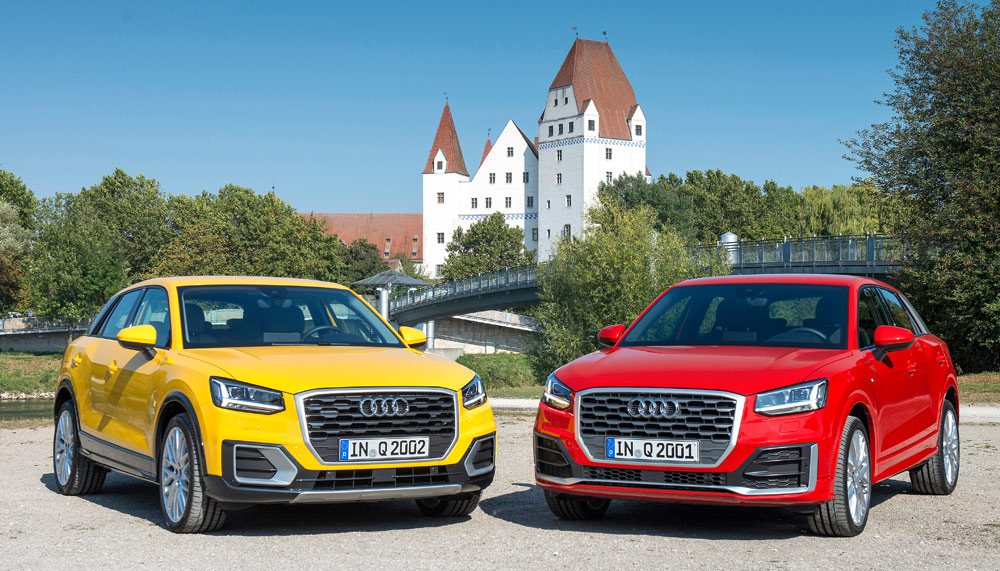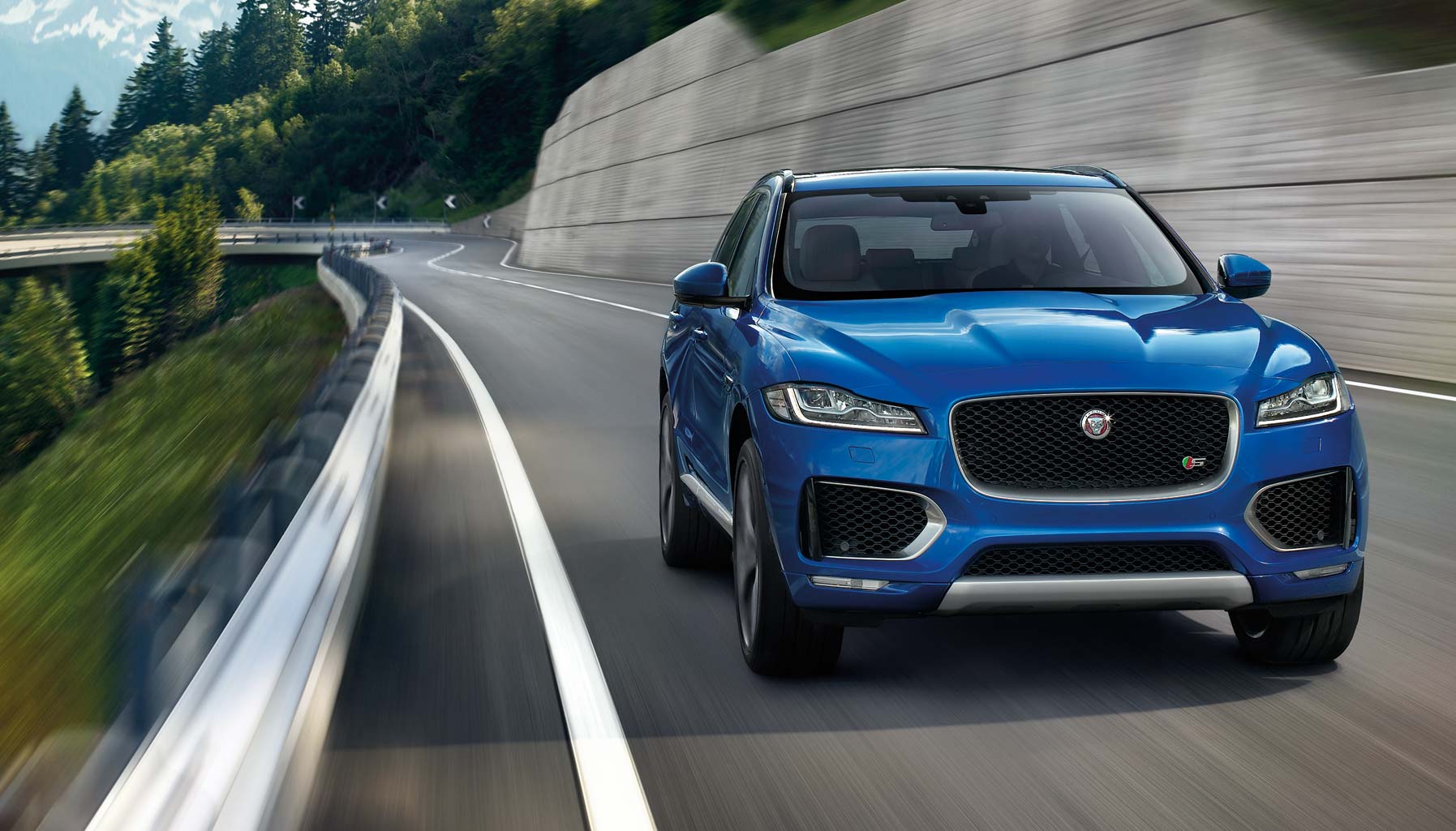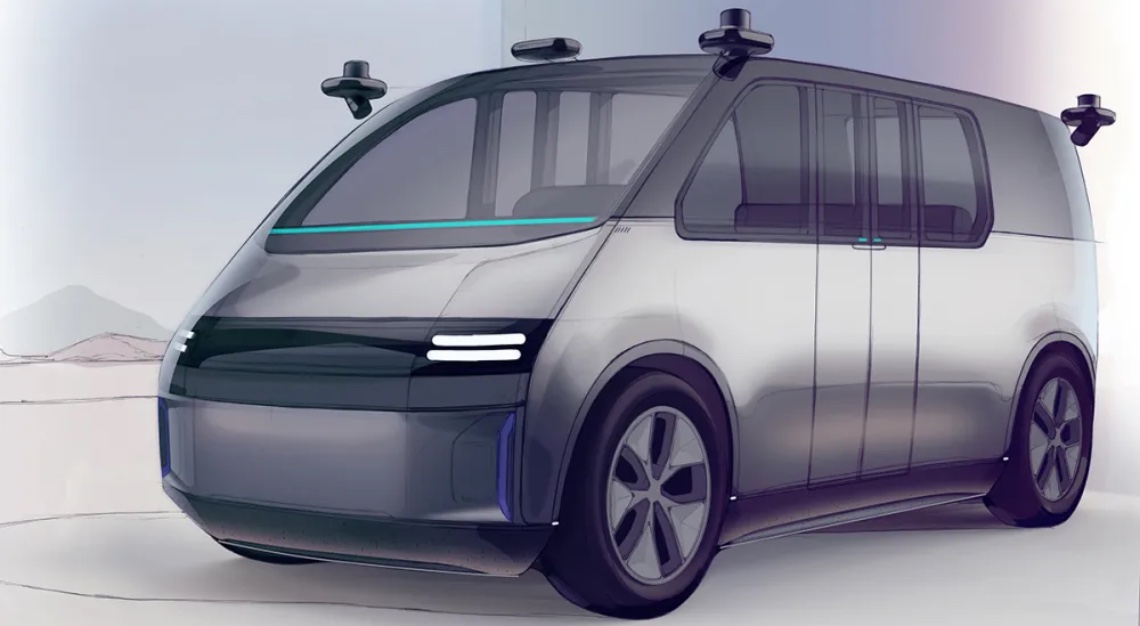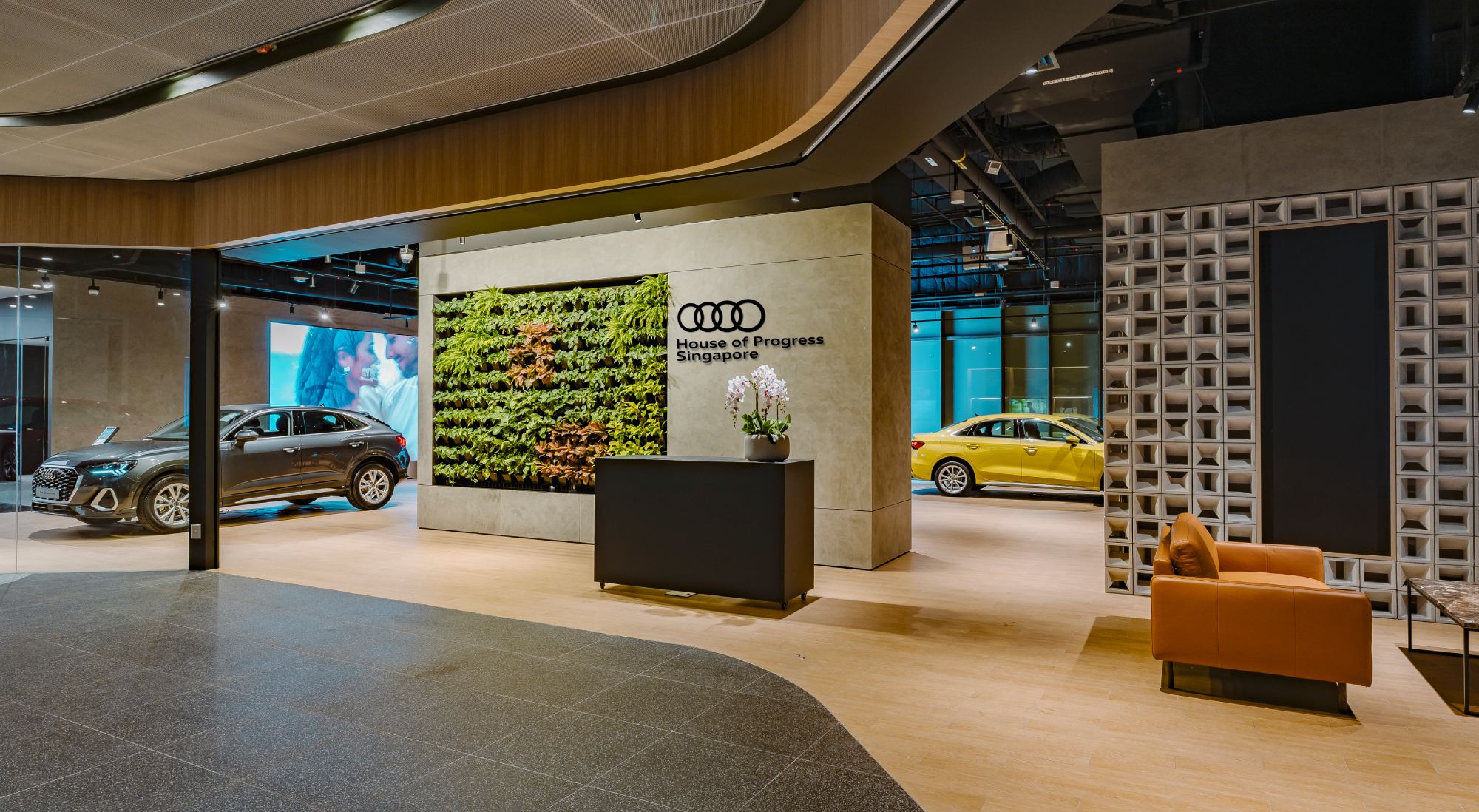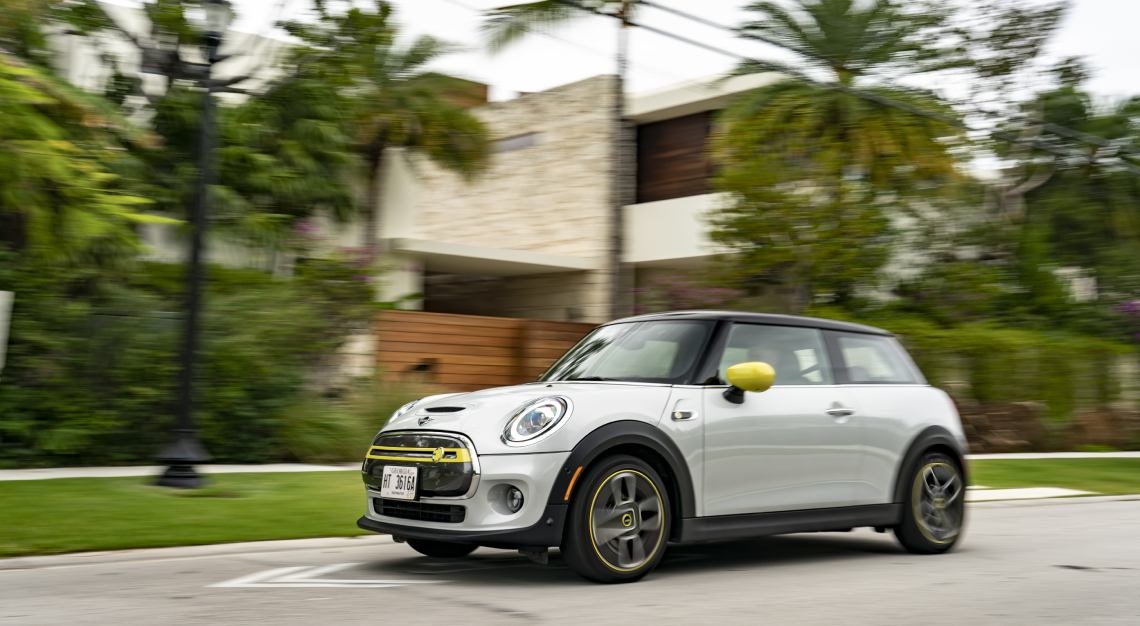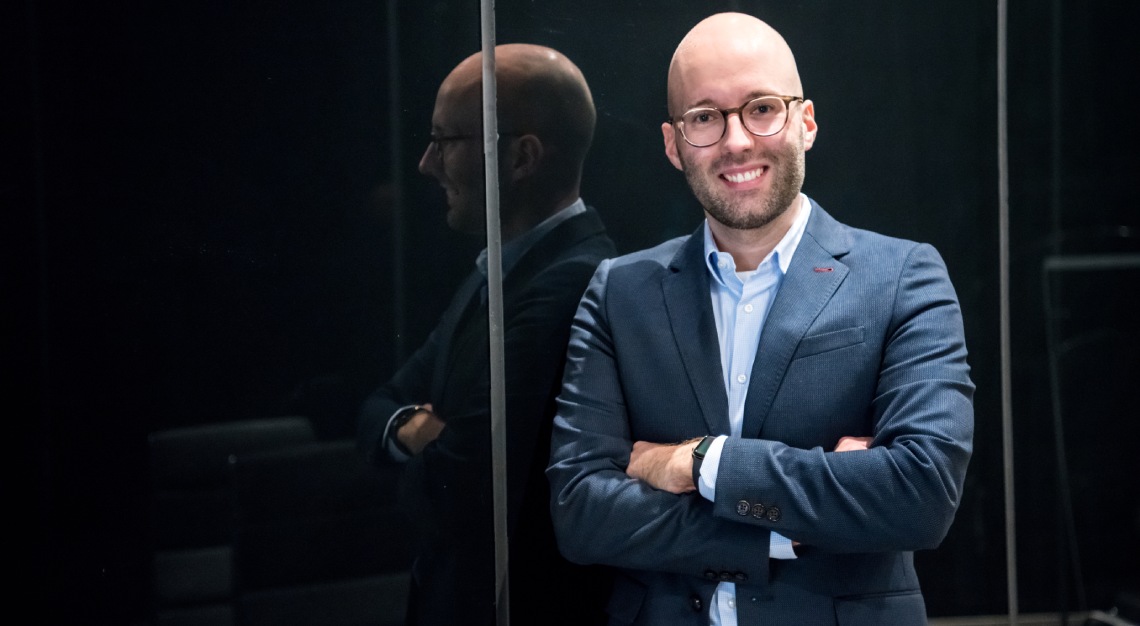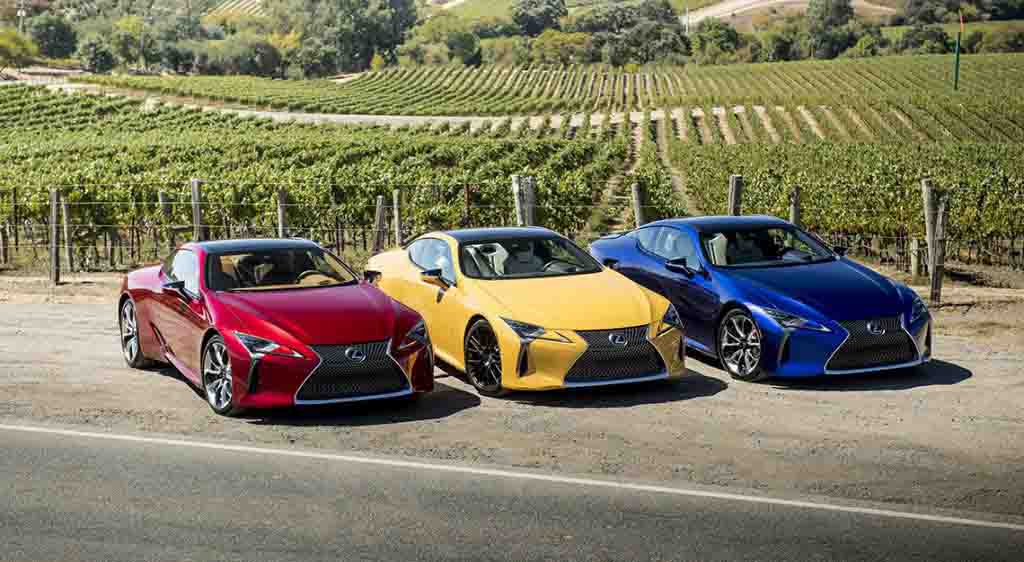Powering Ahead
For some in the car industry, 2016 was a year to forget. The Volkswagen Dieselgate emissions scandal eroded consumer confidence and China, the great white hope of the automotive industry following economic upheaval in Europe, is finally slowing down. While some watchers are alarmed, most are willing to admit that single- digit GDP growth in China is the new normal.
Making matters slightly more complicated is how a host of new technologies is set to further disrupt the automotive landscape. Widespread electrification is coming and so is autonomous driving. However, charging infrastructure is sorely lacking in most countries and governmental legislation surrounding autonomous/driverless cars in most jurisdictions is uncertain at best.
These are certainly interesting times. In light of that, we asked four local executives where they saw the market and their brands heading in the next few years.
Jeff Mannering
Managing director, Audi Singapore
What sort of car-buying trends do you see for Audi in the near future?
There’s always going to be a need for SUVs, sports cars and luxury saloons, but a trend we might see are body shapes becoming smaller and more compact.
Why is Audi’s plug-in hybrid not being sold in Singapore?
Before we bring it in, we have to look at how Singapore gets its electric power and see if it’s more advantageous to have increased grid consumption. There’s also a situation with charging stations, and if you don’t have the right infrastructure, an electric car will be stuck charging for 10 to 12 hours. I think there’s still a lot of work to be done, and when Audi does introduce a plug-in hybrid here, I want the infrastructure to be right.
Axel Pannes
Managing director, BMW Asia
BMW is heavily invested in electrification with BMW i. Where do you see this going in the very diverse Asian region?
We believe in electrification and autonomous driving, but we can’t offer them to all our customers because of local legislations. We are also seeing some customers who are struggling to embrace new technology. They have questions about battery life, battery safety, where and how to charge the cars. This could be sped up by governments offering incentives for people to try out an electric car.
What are you doing to advance that in Singapore?
I have had a lot of discussions with the LTA, EDB and so on. We are also working with CapitaLand, who have charging stations in their new buildings and they’re thinking of providing their customers with a shared fleet of electric cars.
David Nordstrom
Vice president, Lexus Asia Pacific
What prospects do you see for Lexus in the near- to mid-term?
We’ve been about sustainable growth and that’s our goal. Last year was our fourth consecutive year of growth, and we expect to continue that, anywhere from between five and 10 per cent. It’s also going to depend on the market that growth comes from. We brought out NX (Lexus’ first compact SUV) recently and that’s been doing very well globally, and also in Singapore. As long we focus on great guest experiences, design and driving dynamics, the rest will take care of itself. Lexus just launched what we think is a long overdue new generation of its flagship saloon, the LS.
Do you think Lexus will be able to catch up to the S-Class and 7 Series, which have had a head start?
Customers in the segment want what’s new – new technology, new design. So, we think we have a huge opportunity when the new LS is out.
What do you see as the biggest challenge for Lexus in the next few years?
I think all automakers are facing the same thing: where emissions regulation is going. That’s driving some of the thinking as to where things are going with powertrains. It’s going to be up to what the driver wants in their vehicle, but regulations also drive a lot of the decisions consumers have to make. I think connected cars will be huge too. People have all these devices that connect us and cars are an integral part of that. Manufacturers are going to have to connect to these devices or supplement them. The life cycle of those devices are much shorter than a car’s, so that makes it a bigger challenge for us.
Martin Limpert
Managing director, Porsche Asia Pacific
Can you see autonomous driving having a place at Porsche, whose cars are marketed as ones to drive, not be driven around in?
This is a question we always ask ourselves, but it’s technology that is already in a Porsche. In the new Panamera, there’s a traffic jam assistant, a lane-keeping assistant and a stop- and-go assistant. On the road to autonomous driving, we will try to pick the right systems that fit the Porsche brand and customer needs. Perhaps full autonomous driving is not our target, because we, and our customers, want to drive a Porsche on its own. That’s what a Porsche is made for. But from a Porsche point of view, there are a few systems that will be appreciated. For example, you want to drive a 911 yourself, but Singapore has no racetrack, so you head towards Sepang. Instead of spending three or four hours behind the wheel, you let the car drive you to the track, where the real fun starts. While there, the autopilot could show you the ideal racing line. The car shows you around for a few laps, then you take over the wheel. You drive the car when you want to and leave the rest to the autonomous driving systems.
What are the key challenges for Porsche in the region in the next few years?
We have a lot of ideas on how to sharpen the brand. In the region, we are working on setting up a regional driving experience centre, where we will supply a fully Porsche-branded racetrack experience.
